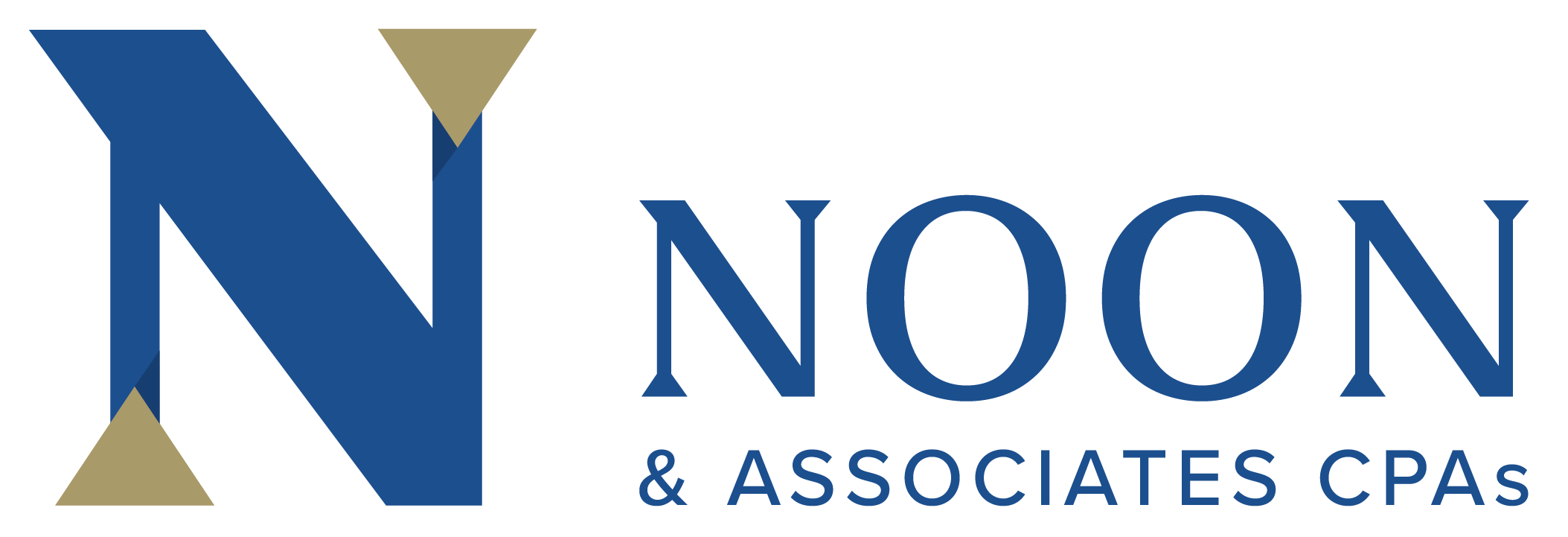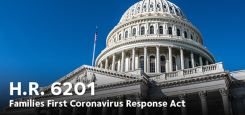On March 18, 2020, the President signed the Families First Coronavirus Response Act (H.R. 6201) to provide immediate relief to individuals and employers. Below is a summary of the key employer-paid sick leave and employer-paid family leave benefits, as well as the employer tax credits for these benefits.
Paid sick leave:
Beginning after April 1, 2020, until December 31, 2020, employers (including government employers) with fewer than 500 employees must provide paid sick leave to each employee unable to work (or telework) due to a need for leave because the employee:
- Is subject to a federal, state, or local quarantine or isolation order related to COVID-19;
- Has been advised by a health care provider to self-quarantine due to concerns related to COVID-19;
- Is experiencing symptoms of COVID-19 and is seeking a medical diagnosis;
- Is caring for an individual who is subject to governmental quarantine or isolation order or has been advised by a health care provider to self-quarantine;
- Is caring for his or her child, or if the child’s school or place of care has been closed or the child care provider is unavailable due to COVID-19 precautions; or
- Is experiencing any other substantially similar condition specified by the Secretary of Health and Human Services in consultation with the Secretary of the Treasury and the Secretary of Labor.
Sick leave is to be paid at the usual pay rate.
It appears this is in addition to any sick leave already provided.
Paid family leave:
The Act also provides that employers with fewer than 500 employees (including government employees) must provide up to 12 weeks of employer-paid family leave for any employee who has worked more than 30 days for that employer. An employee only qualifies if he or she is unable to work (or telework) because he or she needs to take care of his or her child, under 18 years of age, due to school or child care closures related to a COVID-19 emergency declared by a governmental authority.
Family leave is to be paid at two-thirds of the usual pay rate. The House capped paid sick leave at $511 per day and paid family leave at $200 per day.
Credits for employers and the self-employed:
Employers paying paid sick leave, or paid family leave benefits, may claim a refundable credit against their FICA taxes for the gross amount of paid sick leave benefits and paid family leave benefits discussed above. We believe the credit will be taken on the quarterly return, Form 941, Employer’s Quarterly Federal Tax Return.
The House Bill gives gig workers and self-employed similar benefits to Americans working at small and midsize companies. People who are self-employed but work for another employer — e.g. Lyft and Uber drivers, caterers or planners for major events like South by Southwest — are eligible for a tax credit of up to two weeks of sick pay at their average pay and 12 weeks of family leave pay at two-thirds their normal rate. These workers must show they had to comply with a self-isolation recommendation or that they had to care for a child whose school closed due to the coronavirus.
If sick leave or family and medical leave ends up costing more than the Social Security bill, the U.S. government will send the employer a check to cover the remaining costs. How this will be determined is up to the Treasury and the Internal Revenue Service.
The House bill covers coronavirus-related sick leave taken during the next 12 months.
The bill says part-time employees also get paid sick leave equivalent to the number of hours they typically work during a two-week period.
Many unanswered questions here, the foremost being:
- The bill states that the effective date will be no later than April 3, 2020, but we don’t know if employers may have to pay benefits earlier
- The Secretary of Labor may exempt small businesses with fewer than 50 employees, as well as certain health care providers and emergency responders. However, at this time we have no information on whether this will happen, how to count employees, or how employers will get the exemption; and
- We do not know whether California’s disability and paid family leave programs may impact these federal programs.
- Large companies with more than 500 employees are not mentioned in the bill.


